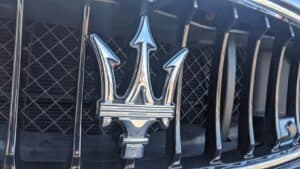Symptoms of a Bad Fuel Pump
The fuel pump is one of the most important components of a car. If the fuel pump is faulty or broken, the engine won’t start or may start but run rough. Let’s look at common symptoms of a bad fuel pump and how to determine if you have a bad one.
Symptoms
The most common symptom of a bad fuel pump is that the car won’t start, or it may start but run rough. Typically, if the fuel pump is going back, you will notice difficulty starting the engine, loss of power, low gas mileage, erratic idle, engine dies intermittently, or engine sputtering. Other common symptoms include:
Poor Gas Mileage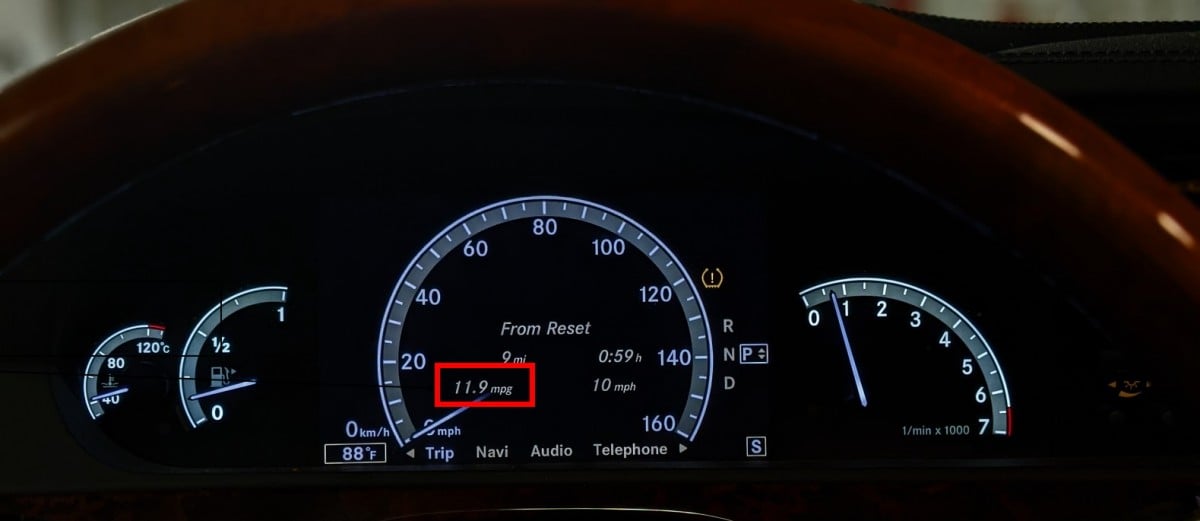 A bad fuel pump may not always significantly affect engine performance. A failing fuel pump may not generate the required fuel pressure or may only intermittently work, causing the engine to stall sporadically.
A bad fuel pump may not always significantly affect engine performance. A failing fuel pump may not generate the required fuel pressure or may only intermittently work, causing the engine to stall sporadically.
Loss of Power / Slow Acceleration If your vehicle has a failing fuel pump, it may not accelerate like it used to. If your fuel pump is faulty, the ECU will detect that the engine is not getting enough fuel, and it may change the engine timing and spark to reduce power and reduce the risk of engine damage. Luxury vehicles such as BMW, Porsche, and Mercedes-Benz are known to go into limp mode if the fuel pump malfunctions.
If your vehicle has a failing fuel pump, it may not accelerate like it used to. If your fuel pump is faulty, the ECU will detect that the engine is not getting enough fuel, and it may change the engine timing and spark to reduce power and reduce the risk of engine damage. Luxury vehicles such as BMW, Porsche, and Mercedes-Benz are known to go into limp mode if the fuel pump malfunctions.
Difficulty Starting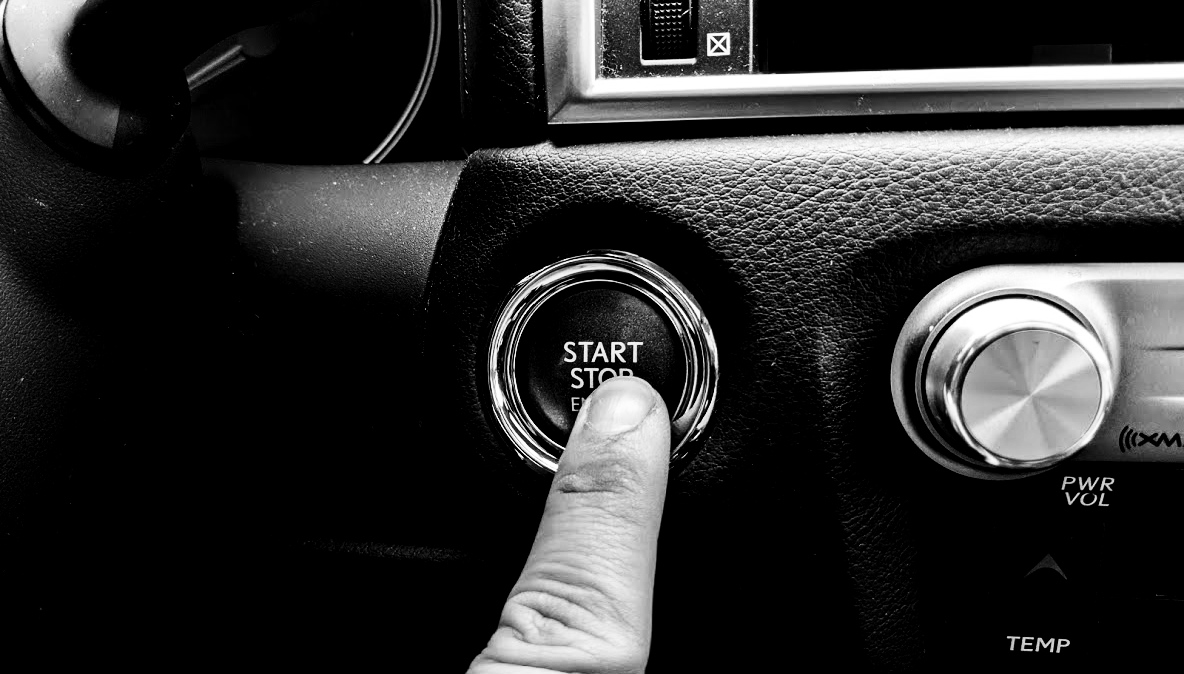 The most common symptom of a bad fuel pump is that the engine will crank but won’t start. The pump must build up fuel pressure before starting the engine. A bad pump takes longer to prime the engine and, subsequently, a lot longer to get the engine running.
The most common symptom of a bad fuel pump is that the engine will crank but won’t start. The pump must build up fuel pressure before starting the engine. A bad pump takes longer to prime the engine and, subsequently, a lot longer to get the engine running.
Engine Misfires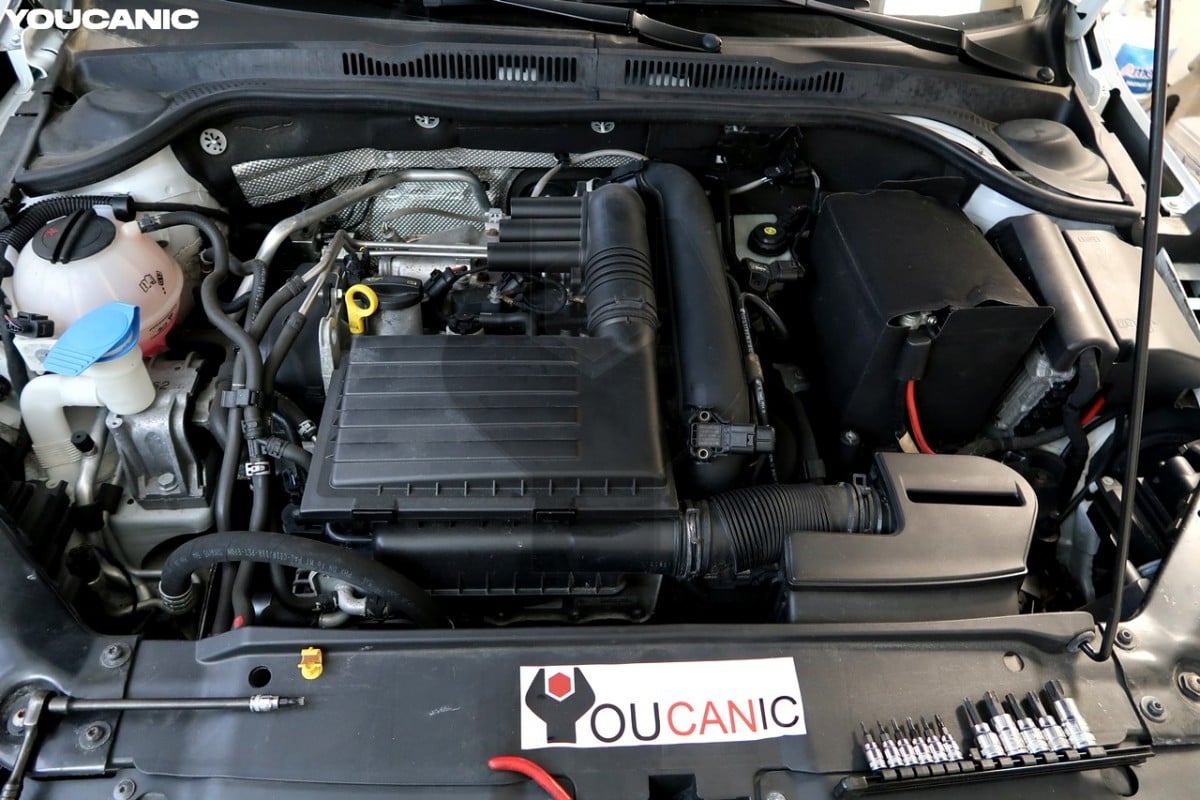 A bad fuel pump will not deliver enough fuel, leading to a misfire, check engine light, and fault codes ranging from P0300 to P0312. If that happens while running, the air/fuel mixture may be lean; in other words, too much air and insufficient fuel can cause the engine to misfire.
A bad fuel pump will not deliver enough fuel, leading to a misfire, check engine light, and fault codes ranging from P0300 to P0312. If that happens while running, the air/fuel mixture may be lean; in other words, too much air and insufficient fuel can cause the engine to misfire.
Poor Idle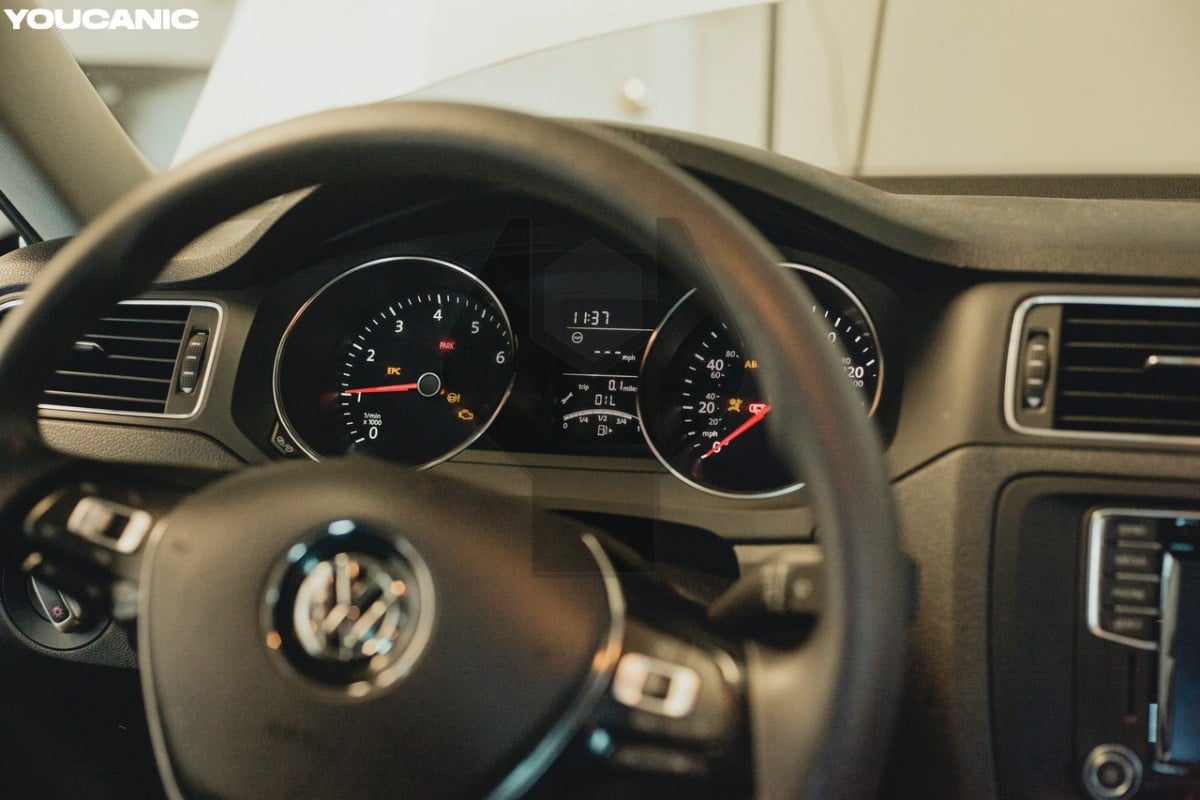 A malfunctioning fuel pump can cause the vehicle to stutter while idling and run incorrectly. If your engine RPMs fluctuate at idle or the engine idles too low and almost dies, the problem could be the fuel pump.
A malfunctioning fuel pump can cause the vehicle to stutter while idling and run incorrectly. If your engine RPMs fluctuate at idle or the engine idles too low and almost dies, the problem could be the fuel pump.
Troubleshooting Tips
It is not uncommon for the fuel pump to stop working before reaching 100,000 miles, but most fuel pumps typically last much longer.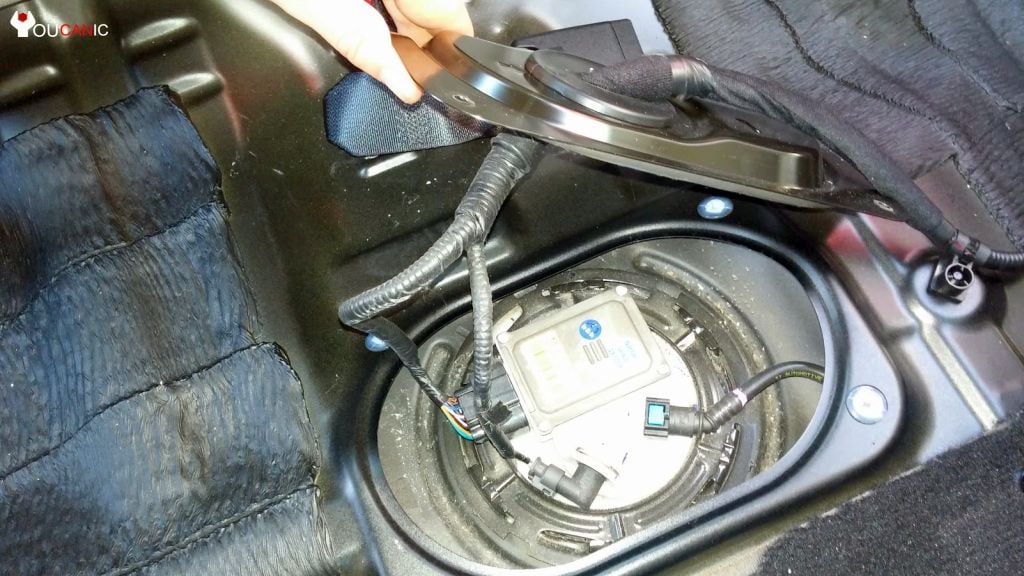 The fuel pump on most cars is inside the fuel tank located behind or below the rear seat, as shown in this picture. The good news is that you can find out if the fuel pump is not running without removing it. There are multiple ways to check if you have a bad fuel pump.
The fuel pump on most cars is inside the fuel tank located behind or below the rear seat, as shown in this picture. The good news is that you can find out if the fuel pump is not running without removing it. There are multiple ways to check if you have a bad fuel pump.
Let’s start with the simplest tests.
Listening Test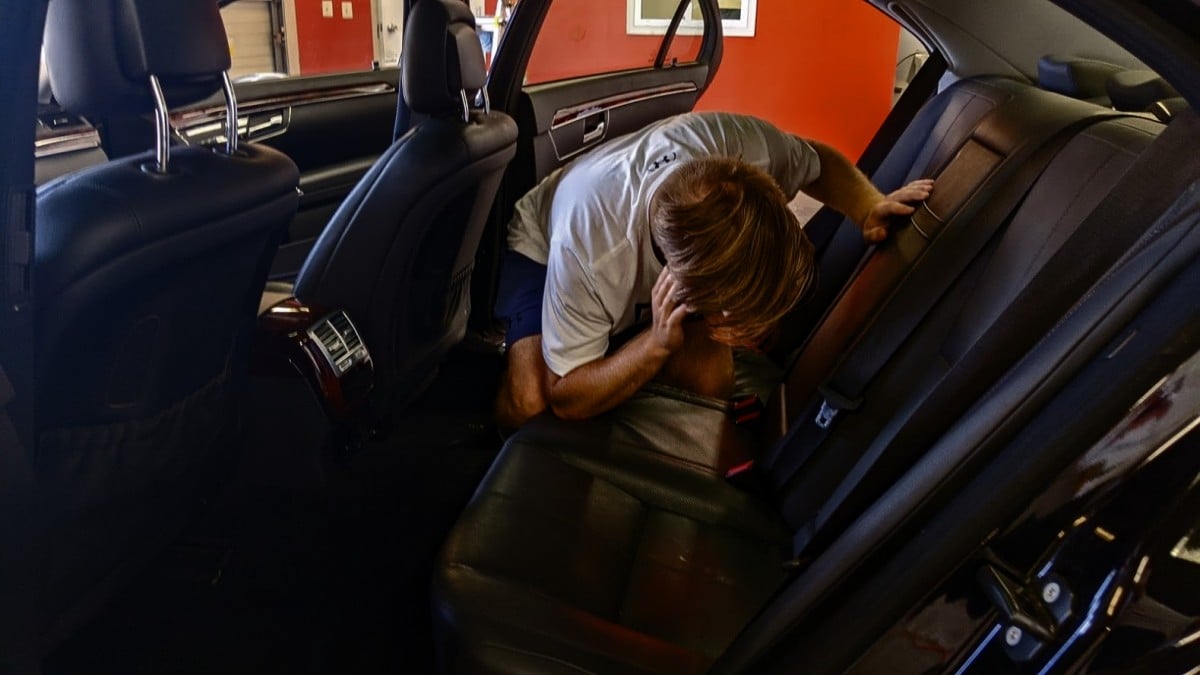 Turn the key to the accessory position just before you turn the engine on. As you turn on the ignition, have a friend listen carefully to the rear seat. The fuel tank and fuel pump are right behind the rear seat. In most cars, you can hear the fuel pump run for a few seconds when the ignition is turned on.
Turn the key to the accessory position just before you turn the engine on. As you turn on the ignition, have a friend listen carefully to the rear seat. The fuel tank and fuel pump are right behind the rear seat. In most cars, you can hear the fuel pump run for a few seconds when the ignition is turned on.
Check Fuses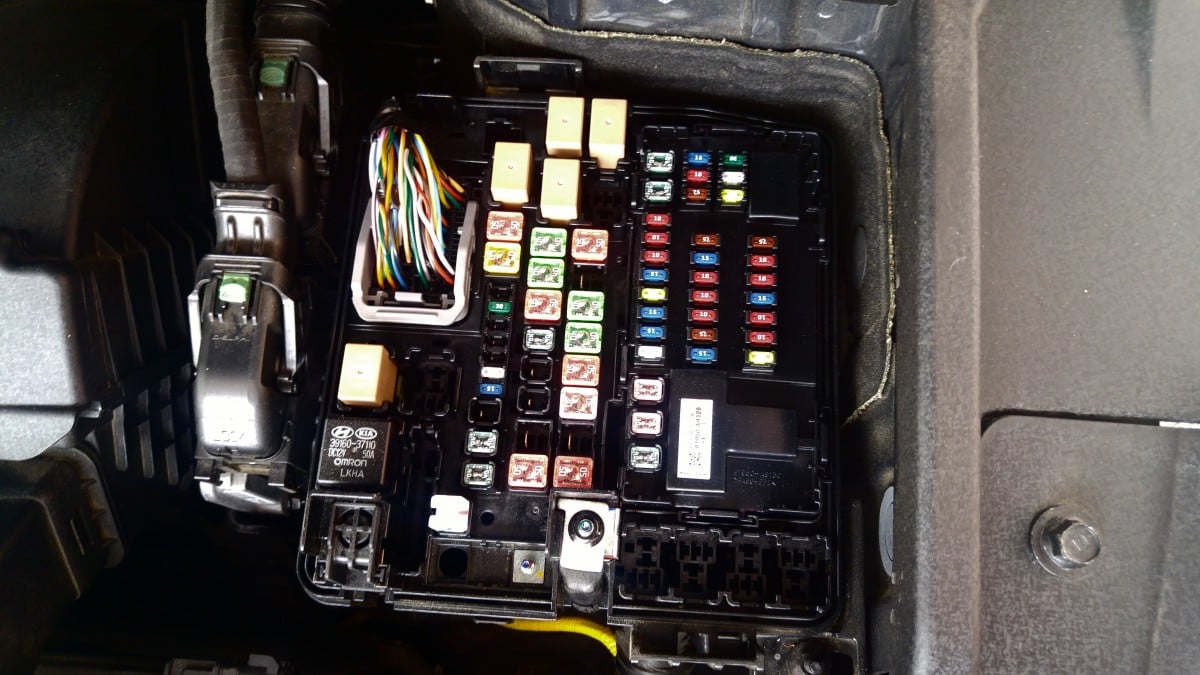 Check the fuse for the fuel pump. Every car has a fuse box on either the left or right side of the engine bay.
Check the fuse for the fuel pump. Every car has a fuse box on either the left or right side of the engine bay.
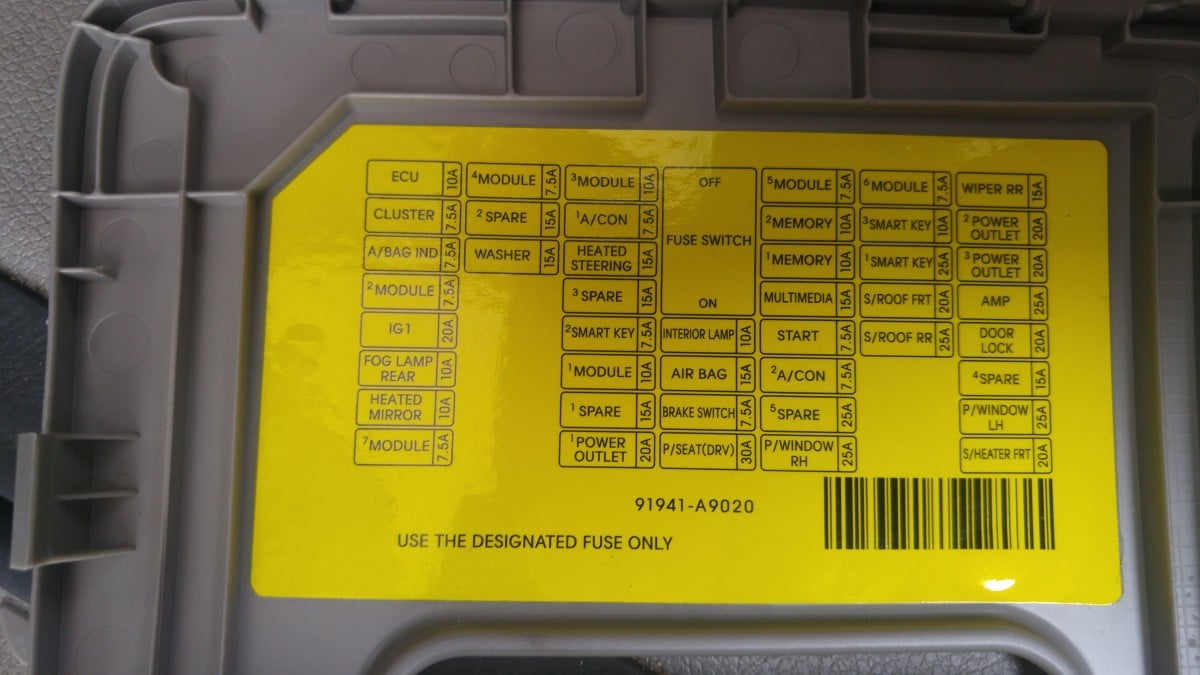 On the underside of the lid for that box is a diagram showing which fuse is for what function. Find and remove the fuse for the fuel pump. If the fuse is broken or burned, the pump blew a fuse and needed replacing. That should solve the issue.
On the underside of the lid for that box is a diagram showing which fuse is for what function. Find and remove the fuse for the fuel pump. If the fuse is broken or burned, the pump blew a fuse and needed replacing. That should solve the issue.
Check Fuel PressureCheck the fuel pressure using a fuel pressure gauge. They are relatively inexpensive at most auto parts stores. Most cars have a connection for a fuel gauge on top of the engine, at the end of the fuel rail, just before the fuel line goes to the fuel rails and injectors.
Hook the pressure gauge to the valve, turn the ignition on, and the indicator should jump from around 50 psi to 60 psi. Turn the engine on and verify the pressure when idle. Most cars have approximately 35 psi to 65 psi of pressure when idling. Then, rev the engine to about 3000 rpm and look at the gauge. If it falls sharply instead of rising, you have a problem.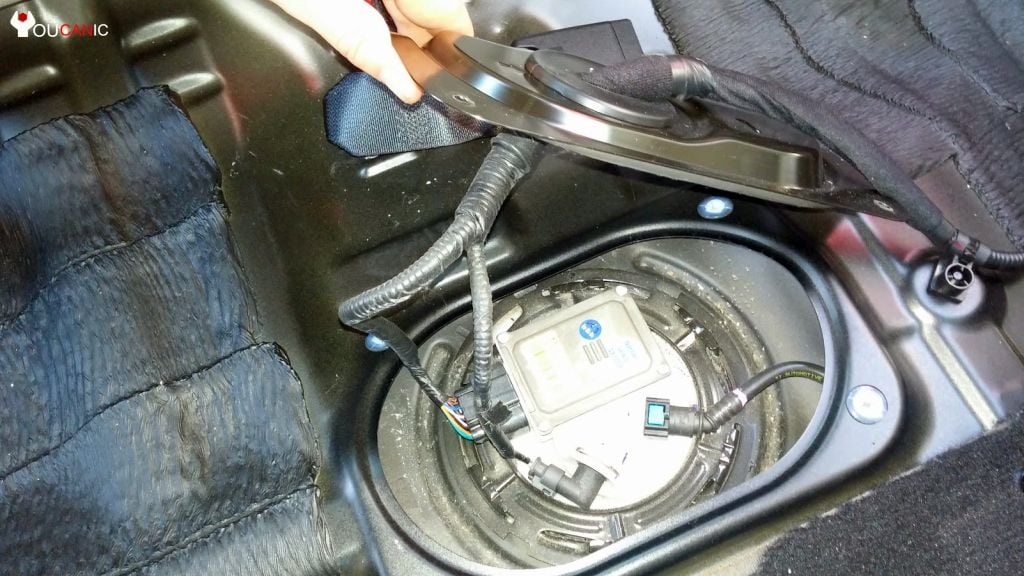 Another thing to check is the fuel filter. This device is designed to keep contaminants out of the engine. It occasionally gets clogged and needs to be replaced. Some cars have the filter built into the pump, but most have the filter in the lines just after the gas tank or in the engine bay before the fuel rails. If you have a cartridge fuel filter, pull the filter cartridge out and check it. If it is nearly black, it is dirty and needs to be replaced.
Another thing to check is the fuel filter. This device is designed to keep contaminants out of the engine. It occasionally gets clogged and needs to be replaced. Some cars have the filter built into the pump, but most have the filter in the lines just after the gas tank or in the engine bay before the fuel rails. If you have a cartridge fuel filter, pull the filter cartridge out and check it. If it is nearly black, it is dirty and needs to be replaced.
The symptoms we listed above can be due to a worn-out fuel pump, but they may also be due to:
- Faulty Engine Control Unit (ECU)
- Damaged wire harness
- Corrosion contacts
- Damaged fuel lines
These are all problems that can lead to fuel pump failure. If you replace the fuel pump and still don’t have fuel pressure or have fuel delivery problems, start looking at these issues.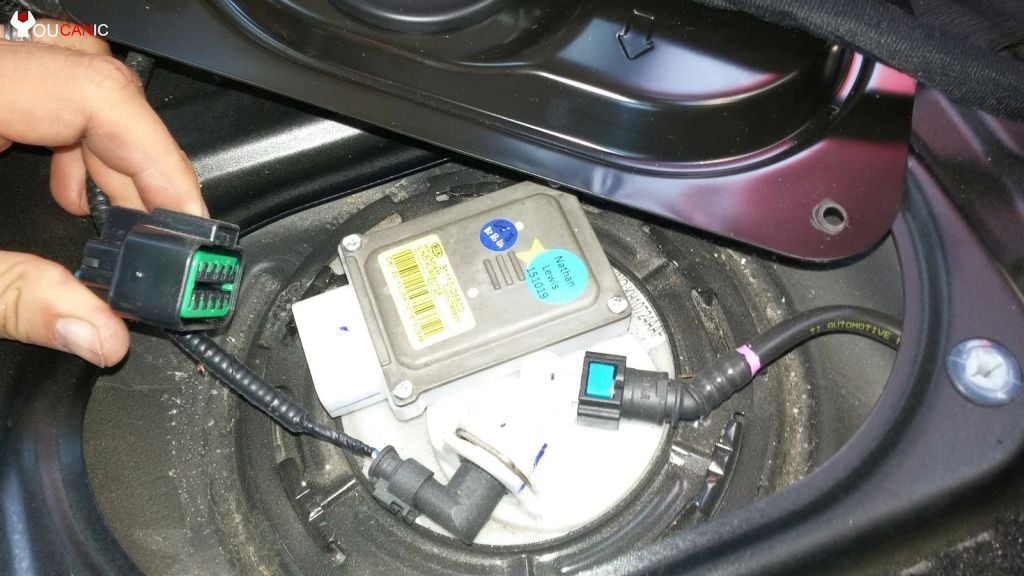 The next test you should do is to use a digital multimeter and check the voltage going to the fuel pump. Disconnect the electrical connector from the fuel pump and use the DC voltage setting to check for a signal. If your car has any problems, take it to a mechanic and have it checked out. It may not be the fuel pump, but you may find a problem that needs immediate attention. It’s better to fix the problem now than later.
The next test you should do is to use a digital multimeter and check the voltage going to the fuel pump. Disconnect the electrical connector from the fuel pump and use the DC voltage setting to check for a signal. If your car has any problems, take it to a mechanic and have it checked out. It may not be the fuel pump, but you may find a problem that needs immediate attention. It’s better to fix the problem now than later.
Frequently Asked Questions
How does a car act when the fuel pump is going out?
If your fuel pump starts to fail, you may notice a decrease in fuel economy. Other symptoms include the engine beginning to fail. Look for the check engine light on your dashboard, and observe the engine while driving. Look for engine shaking, lack of acceleration, and engine sputtering.
Can a car drive with a bad fuel pump?
As long as the engine is running, the car can be driven. If you know your car has a bad fuel pump, we wouldn’t recommend driving it because the fuel pump may stop working while driving. If the engine dies while driving, you will lose the brakes and the power steering, which can be dangerous and lead to an accident.
We hope you find the Symptoms of a Bad Fuel Pump guide helpful. Check these troubleshooting and repair guides for more help on your vehicle.






